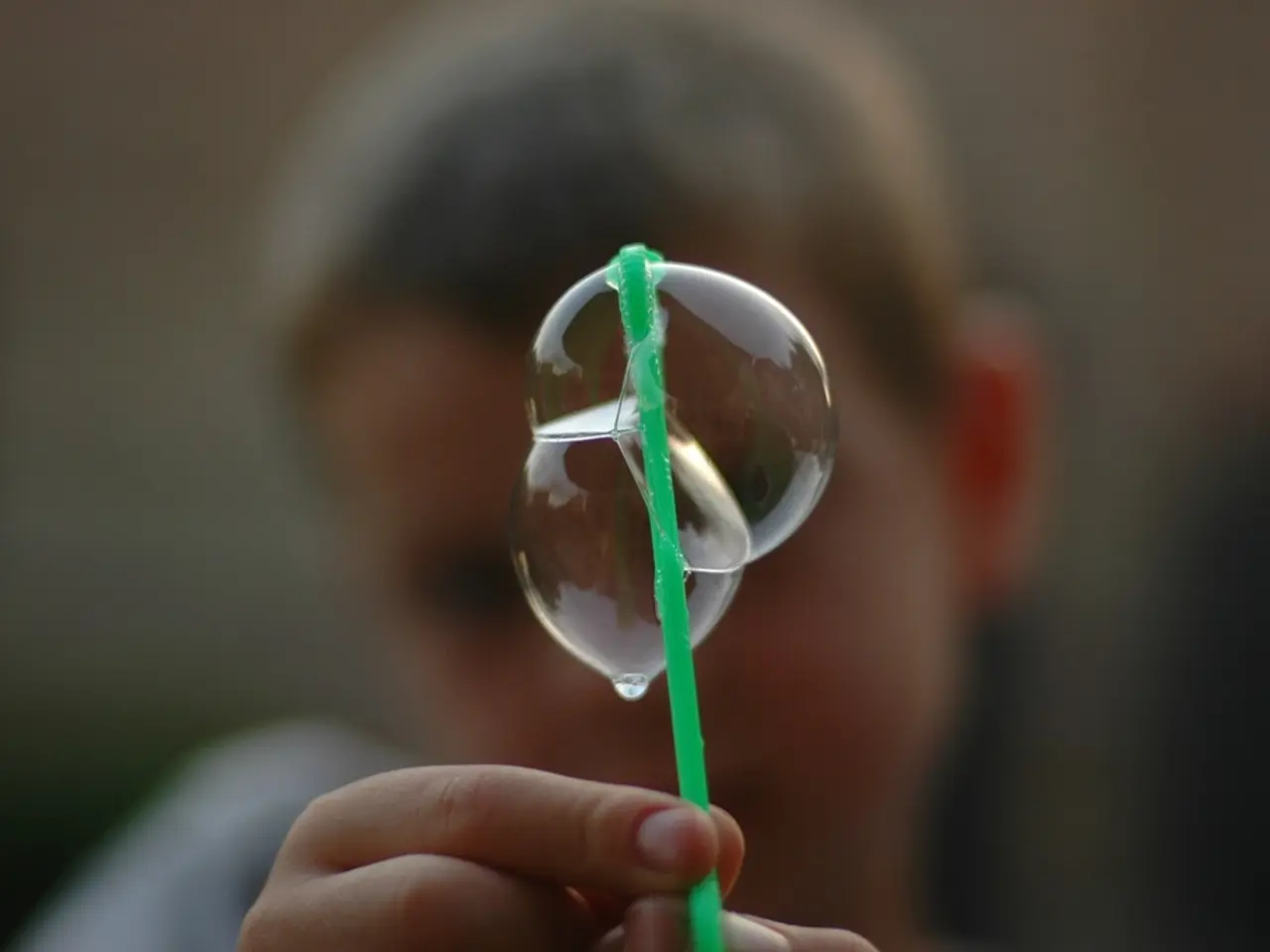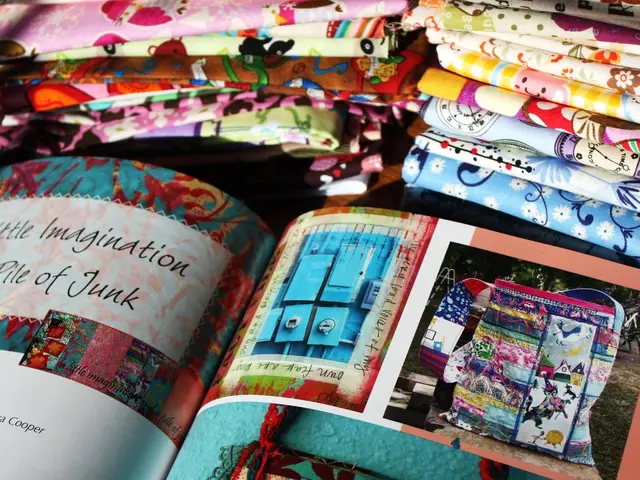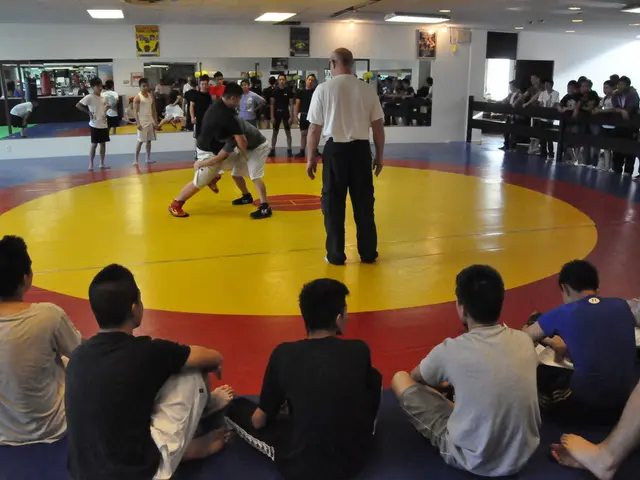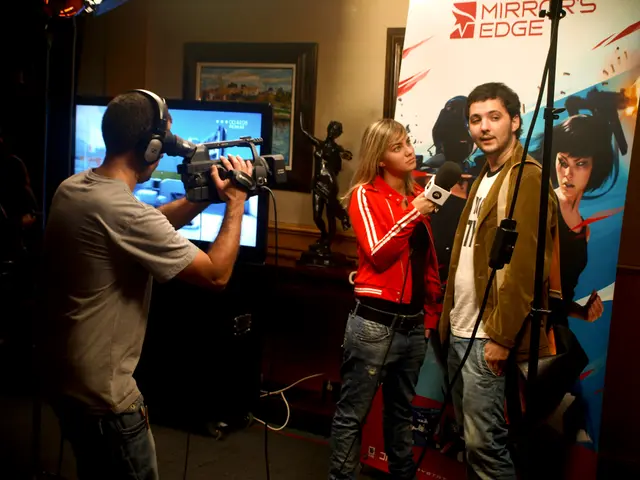Experimenting with Air Power: Aerodynamics for Youthful Minds
In a fun and engaging activity that combines art and science, children can learn about the fascinating world of aerodynamics through the humble straw shooter. This popular DIY toy, often used in backyard competitions, works by utilising accelerated airflow to transfer momentum to a projectile, and the following motion is governed by gravity and air resistance, illustrating fundamental aerodynamics and projectile physics.
When you blow air through a straw shooter, you are forcing a stream of air out of a narrow opening at high velocity. This creates a jet of air that carries the projectile (usually a small lightweight object like a paper pellet). The narrow and smooth shape of the straw reduces air resistance and turbulence, allowing the air to flow more efficiently and maintain a coherent jet. As the air exits the straw, it imparts momentum to the projectile, pushing it forward.
Once the projectile leaves the straw, its path follows basic projectile motion under the influence of gravity. The trajectory is typically a parabolic arc determined by the initial velocity (speed and direction) imparted by the air jet and gravity pulling the projectile down. Air resistance will act opposite to the projectile’s motion, slowing it down over distance and slightly altering its trajectory.
Factors such as blowing force, straw dimensions, projectile mass and shape, and aerodynamic stability can all affect the performance of the straw shooter. A stronger breath creates higher air velocity, while a narrower straw increases the speed of expelled air but requires more force. Lighter, streamlined pellets travel farther with less drop due to gravity and air drag, and the shape of the projectile can cause it to wobble or spin, affecting accuracy and range.
Interestingly, the principles of aerodynamics and gravity also apply to other objects in motion, such as the water from a hosepipe. The angle at which the hosepipe is pointed can affect the distance the water travels, and the trajectory of the straw shooter is curved on Earth due to the influence of gravity.
While no direct studies on straw shooters were found, these conclusions are based on established physics and aerodynamics principles. For hands-on science fair projects, similar concepts in paper airplane flight demonstrate how shape and airflow affect flight distance.
Red Ted Art, a popular children’s education resource, is offering an activity to introduce aerodynamics and trajectory to children. Maggy, a contributor from Red Ted Art, is encouraging families to create their own straw shooters using paper, glue, and straws, and to observe how the angle at which the shooter is pointed affects its trajectory.
Wind can also impact the flight of a straw shooter, with different results observed when blowing downwind, upwind, or with wind coming from the side. The activity can be used to demonstrate the principles of aerodynamics and to inspire a love for science in children, much like the Olympics inspires athletes to push the boundaries of their abilities.
So, the next time you find yourself competing in a straw shooter contest, remember that you're not just having fun - you're also learning about the fascinating science of aerodynamics!
- Kids who participate in the straw shooter activity can understand the intricacies of aerodynamics and projectile physics, enhancing their education-and-self-development.
- This activity, catering to children, demonstrates the animating power of air in the straw shooter, showcasing health-and-wellness and fitness-and-exercise principles through fun.
- Aside from aerodynamics, the straw shooter project highlights STEM (Science, Technology, Engineering, and Mathematics) principles in a simplified, accessible manner, fostering a wonder for these fields in kids.
- For those seeking a lifestyle that balances fun with learning, the straw shooter offered by Red Ted Art is an engaging activity that merges art and science, cutting across the boundaries of leisure and education.
- The principles of aerodynamics, as exhibited in the straw shooter, are not exclusive to this toy alone but are applicable to other real-world phenomena like water flow, reinforcing the interconnectedness of technology and our everyday activities.
- This DIY project invites children to explore the wonders of science while also indulging in friendly competition, mirroring the aspirations and determination embodied by athletes striving for excellence in the Olympics.








